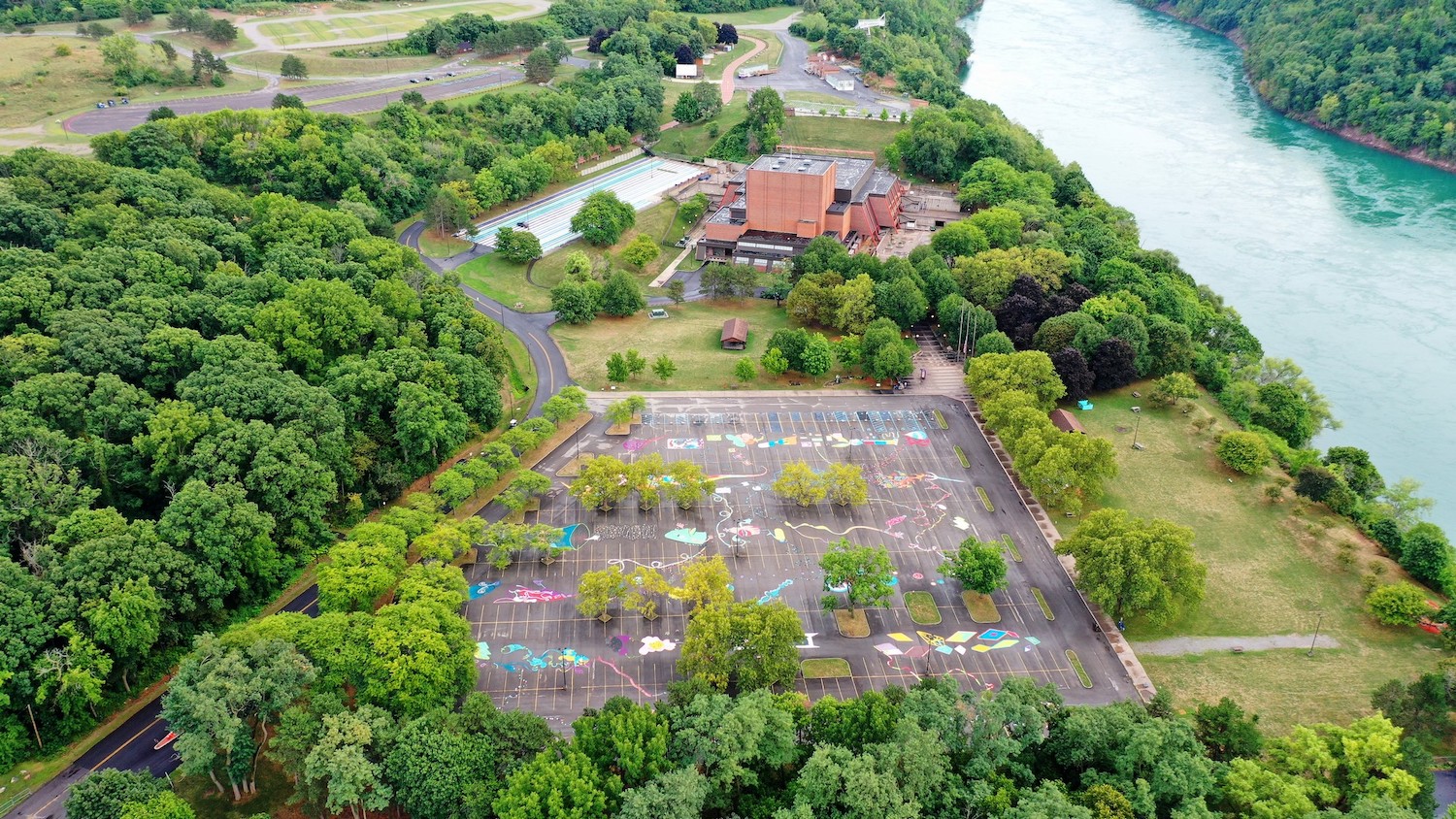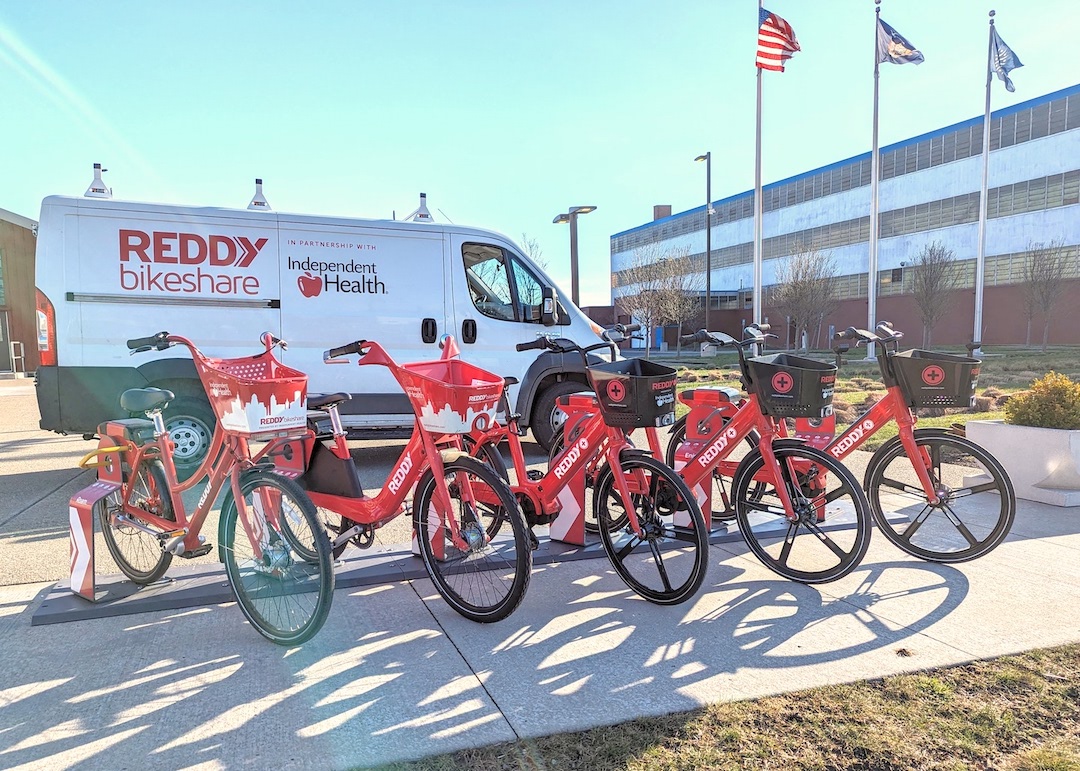Featured News - Current News - Archived News - News Categories
By Alice E. Gerard
The vote on the Grand Island Central School District’s proposed 2022-23 budget, as well as an election of two trustees from four candidates, is scheduled for 8 a.m. to 9 p.m., Tuesday, May 17.
This article summarizes what is in the budget, as well as the proposed tax levy, and what could happen if the budget is rejected by the voters.
The recommended proposed budget for the 2022-23 school year is $70,206,688. This is made up of $6,126,773, or 9%, for administration; $49,924,259, or 71%, for program; and $14,155,636, or 20%, for capital.
There are 2,800 students in the Grand Island Central School District, and a total of 506 employees.
Where does the money come from?
Local property tax levy: The Grand Island Central School District receives $38,318,340 from its property tax levy. From last year to this year, that is an increase of $2,029,278, which ends up by being 5.59%.
State aid changes: Proposed foundation aid from New York state was decreased by $97,000, from a January forecasted aid of $13,437,056 to $13,339,120.
How does the school system respond to the cut in foundation aid?
According to Dr. Rubie Harris, assistant superintendent for business and finance, “We did have to make a couple of adjustments in the budget to account for the slight decrease in foundation aid, but it was not anything that took away from student programs. There were minor reductions in multiple spending areas, but nothing that would hinder students learning, or academic achievements. We also have the American Rescue funds, so anything that was taken out pertaining to student needs will definitely be recaptured in that funding source.”
About foundation aid: According to Harris, “We have not yet been fully funded in the area of foundation aid. That’s been a hot topic for many, many years. Last year, for the ’21-’22 budget, the state expressed that, over the next three years of ’21-’22, ’22-’23 and ’23-’24, they are going to phase in the funds to get us to fully funded per the foundation aid formula. We’re not getting any of our back funds that we have been shorted for over 10 years.”
For universal pre-kindergarten, the school district received 20 additional slots, with a total of 110 full-day slots to fill. UPK classrooms will be offered in Sidway Elementary School, as well as by approved providers contracting with the school district: KinderKiddz, Care A Lot Child Care Center Inc., St. Timothy Lutheran Child Care, and St. Stephen School. The amount of aid for UPK is $586,023, an increase of $108,000 over the January forecast of $478,023.
Total state aid: $24,057,636, an increase of $17,531 over the January forecast of $24,040,095.
Why 5.59%, when the tax cap is 2%?
“The tax cap formula is a 12-part formula. There are 12 areas in which information has to be provided to help you calculate the end result of what you are allowed to levy or what you can propose to levy and still be within the tax cap guidelines,” Harris said. “I think the biggest thing to make sure that voters understand is, though it has been called a 2% tax cap, the 2% number is one part of the 12-part formula, that does not mean the levy will only increase by 2%. The 5.59% request is within the school district’s allowable levy limit.”
Actual tax levy:
The estimated tax rate per $1,000 is $17.10. For a $180,000 home, with a basic STAR assessment reduction, the increase over last year's tax is $153.93. The estimated basic STAR exemption savings is $518.
Much of the budget is “rollover.” This would include:
•Academic programs provided to students, as well as athletics and extracurricular programs
•Salaries for all staff, including substitute teachers and building based subs.
•ERS (employee retirement system) and TRS (teacher retirement system) payments
•FICA payments
•Debt service
•Utility payments for all buildings owned by the school district
Changes in the proposed budget:
Proposed new employees:
•An ENL (English as a new language) teacher to keep up with the increasing number of students who require such services.
•A social worker to help children with social and emotional aspects of dealing with the COVID-19 pandemic.
•A full-time (1.0) speech teacher. This service has previously been provided through BOCES. Bringing it in house, Harris said, will save the school district $39,000.
•An elementary teacher, due to class sizes and anticipated enrollment.
Other changes:
•The elementary level orchestra teacher is part time (.6). The proposal is to turn that into a full-time (1.0 position).
•A slight increase for athletics. Currently, Jon Roth, who is retired, works as a part-time athletic director for the school district. The school district, Harris said, is looking toward the future, toward the possibility of what the position would cost upon his full retirement.
•Slight increase in the National Academy of Finance, a math academy.
“We have a lot of students who have enrolled in the program, so, as the program grows, the needs for the program grow,” Harris said.
•“A transfer to food service, which is part of our five-year food service financial plan. That’s to deal with the debt that is still looming out there for the food service program. So, slowly but surely, we’ve been trying to take care of that,” Harris explained.
What happens in the budget is voted down?
“If the budget does not pass, school districts have two options,” Harris said. “You can go out for a second vote or you go with a contingent budget.”
A contingent budget, according to state law, imposes a tax levy increase of 0%.
“To go with a contingent budget, we have to remove $2,029,278. That is a hefty amount,” Harris said. “There is no way to remove $2 million without impacting students’ academic and extracurricular programs. If we have to take $2,029,278 out of the budget, every child is losing almost $1,000 of a component of their education.”





























